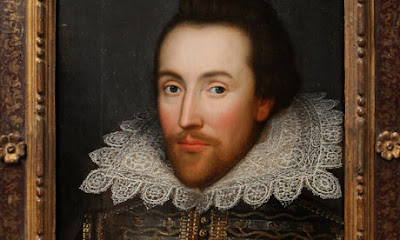After Shakespeare’s death, the poet and dramatist Ben Jonson was the leading literary figure of the Jacobean era ( The reign of James I ). However, Jonson’s aesthetics hark back to the Middle Age rather than to the Tudor Era: his characters embody the theory of humors. According to this contemporary medical theory, behavioural differences result from a prevalence of one of the boys four “humors” (blood, phlegm, black bile, and yellow bile ) over the other three: these humors correspond with the four elements of the universe: air, water, fire, and earth. This leads Jonson to exemplify such differences to the point of creating types, or clichés.
Jonson is a master of style, and a brilliant satirist, His Volpone shows how a group of scammers are fooled by a top can-artist, vice being punished by vice, virtue meeting its reward.
Others who followed Jonson’s style include Beaumont and Fletcher, who wrote the brilliant comedy, The Knight of the Burning Pestle, a mockery of the rising middle class and especially of those nouveau riches who Pretend to dictate literary taste without knowing much literature at all. In the story, a couple of grocers wrangle with professional actors to have their illiterate son play a leading role in a drama. He becomes a Knight-errant wearing, appropriately, a burning pestle on his shield. Seeking to win a princess’s heart, the young man is ridiculed much in the way Don Quixote was. One of Beaumont and Fletcher's chief merits was that of realising how feudalism and chivalry had turned into snobbery and make-believe and that new social classes were on the rise.
Another popular style of theatre during Jacobean times was the revenge play, popularized by John Webster and Thomas Kyd. George Chapman wrote a couple of subtle revenge tragedies, but must be remembered chiefly on account of his famous translation of Homer, one that had a profound influence on all future English literature, even inspiring John Keats to write one of his best sonnets.







